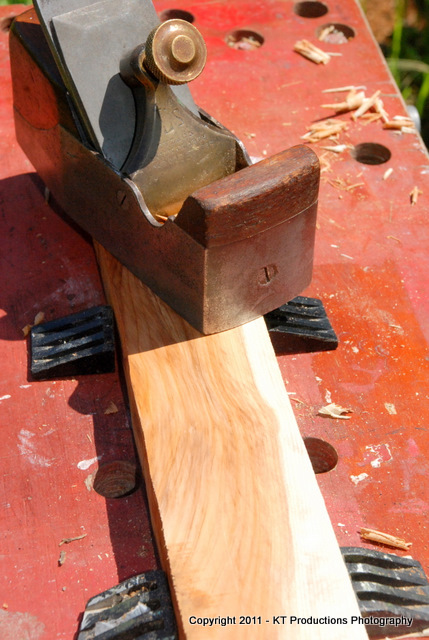DrPhill
Cyber Heretic
- Joined
- 15 Feb 2012
- Messages
- 1,173
- Reaction score
- 333
Hi folks, I posted my first posts in general woodworking, but since I am too tight to buy power tools at the moment I got sent over here. I am self-taught, and it shows.
Anyway I came here for advice on 'thicknessing' and edging rough planks into workable timber - my supply of salvage hardwood is running out. I thought that I could get some chunks of yew from Yandles, but I need to be sure that I can work them into 'straight and square' timber.
Can someone point me at some good descriptions of how this is done with hand-tools, please?
Oh, and my signature points to a box that I made, to show the sort of thing I am aiming at....
Thanks in advance for any help, but I will leave 'sharpening techniques' for another day. :lol:
Anyway I came here for advice on 'thicknessing' and edging rough planks into workable timber - my supply of salvage hardwood is running out. I thought that I could get some chunks of yew from Yandles, but I need to be sure that I can work them into 'straight and square' timber.
Can someone point me at some good descriptions of how this is done with hand-tools, please?
Oh, and my signature points to a box that I made, to show the sort of thing I am aiming at....
Thanks in advance for any help, but I will leave 'sharpening techniques' for another day. :lol:

































